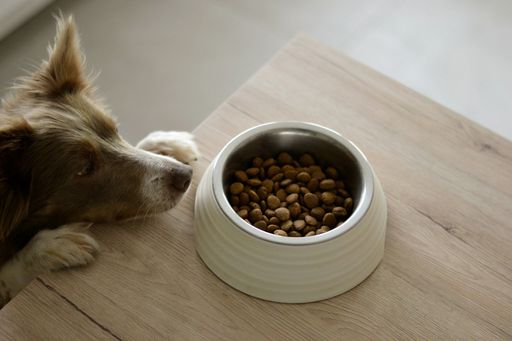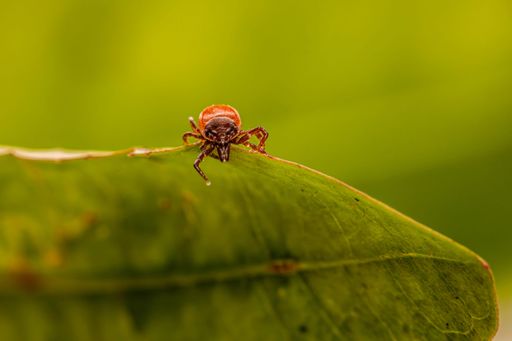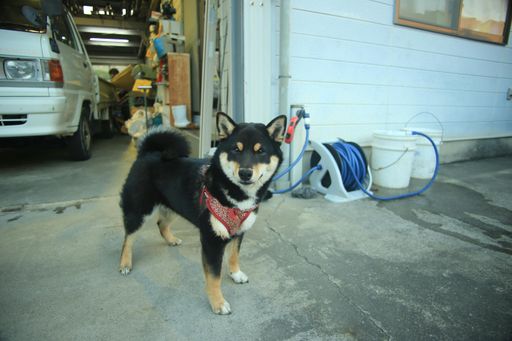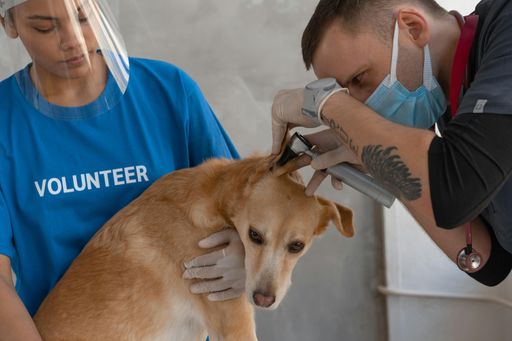When you get over the worst of an illness, it can take several days for you to feel like yourself again. That’s often true for our four-legged friends, too. Post-illness care plays a crucial role in helping your pet bounce back completely and avoid setbacks. Dogs need time to rebuild their strength, and their immune systems remain vulnerable during this period.
You can help prevent reinfection by maintaining a clean environment and watching for warning signs. Creating a predictable, peaceful routine gives your recovering dog the stability they need to heal properly. With the right aftercare, you can make the difference between a quick bounce-back and a prolonged recovery process.
Sanitize Your Dog’s Environment
Veterinary-approved cleaning and disinfecting methods follow strict protocols designed to break the chain of infection. These same principles apply to home care: Consistent sanitation prevents pathogens from establishing themselves in your dog's environment during the vulnerable recovery phase and can even shield other pets in your home.
Remember that dogs spread parvovirus and other diseases through direct contact with contaminated surfaces. Parvovirus survives on objects for months and spreads when dogs share bowls, toys, or bedding. Even trace amounts of infected material can trigger new infections, making thorough environmental cleaning non-negotiable for complete recovery.
Keeping your dog's food and water bowls clean is one of the best things you can do to prevent disease spread. Scrub them with hot, soapy water before applying a pet-safe disinfectant. Don't forget toys, leashes, and collars, which also collect bacteria and viruses that can prolong illness.
Also, focus on high-touch surfaces where germs accumulate. Wipe down floors around feeding areas, inside crates, and doorway thresholds using disinfectant wipes or solutions. Pay special attention to spots where your dog rests frequently, as sick animals shed pathogens through saliva, nasal discharge, and other secretions.
Soft items often require heat treatment to eliminate stubborn microorganisms. Wash all blankets, beds, and fabric toys in the hottest water setting your washing machine allows. Add an extra rinse cycle to remove any cleaning residue that might irritate sensitive skin.
Monitor Recovery Signs and Red Flags
Tracking your dog's daily patterns can help you spot both progress and potential problems. Monitor basic behaviors first, like eating habits, bathroom routines, energy levels, and sleep patterns. Note how much food your dog consumes at each meal compared to their normal portions. Also, watch for changes in bathroom frequency, consistency, or signs of straining. Energy levels naturally fluctuate during recovery, but you should see gradual improvement over several days.
Expect some symptoms to linger after the main illness passes. For example, a persistent cough might continue for weeks following respiratory infections. Occasional vomiting or loose stools can occur as your dog's digestive system readjusts to normal function.
Certain warning signs demand immediate veterinary care. Contact your vet if original symptoms return with their initial intensity or if entirely new problems develop that weren't part of the first illness. Don't wait to seek care if your dog stops eating completely for more than 24 hours. Other clear signs your dog needs medical attention include unexplained weight loss, even after appetite appears to return, cloudy eyes, and persistent pain signals, like whimpering or a reluctance to move.
Ease Back Into Regular Routines
According to VCA Animal Hospitals, veterinarians may sometimes recommend limited physical activity for dogs recovering from illnesses or with certain medical conditions. But you also know your dog best, and an illness could affect some dogs more than others. Pay attention to their symptoms and energy level to determine when it’s the right time to get them back into their usual routine.
Start with short, quiet walks, even if it’s just to the mailbox and back. Watch how your dog responds. If they seem eager and recover well afterward, you can slowly extend the walk time over several days. Keep things calm by avoiding off-leash parks or rough play, even if your dog seems excited. Their body may not be ready to keep up with their enthusiasm.
Instead of jumping straight into fetch or tug-of-war, try low-energy games like scent work or puzzle toys at home. These engage your dog’s mind without putting strain on a healing body. Stick to a routine as much as possible. Scheduled meals, potty breaks, and naps help your dog feel secure and aid in their recovery.
Avoid daycare and other group settings until your vet gives the all-clear. It can be hard for dogs to resist playing with their buddies, but yours might need a little extra time to heal before they jump back in.
Reinforce Your Dog’s Health Post-Illness
Proper nutrition forms the foundation of your dog's recovery. Provide clean, fresh water daily to make it more enticing for your pooch to stay hydrated. Make note of whether you have well water vs. city water. Municipal supplies undergo treatment, but well water quality isn't always guaranteed without regular testing. Households using untreated well water may need filtration systems to remove bacteria, minerals, or chemicals that could stress a recovering dog's system.
Feed your dog a balanced diet that supports healing without overwhelming a sensitive digestive system. While not always necessary for every recovering dog, your veterinarian might suggest a critical care diet during the initial recovery phase. These specialized formulations are nutrient-dense, hydrating, and palatable to help dogs regain strength when their appetite remains poor or their body needs extra support.
You should also stay current on all preventive care to protect your pet's rebuilding immunity. Vaccinations, flea and tick prevention, and deworming schedules shouldn't lapse during or after illness. A compromised immune system from a recent illness makes dogs more vulnerable to parasites and diseases they'd normally fight off easily.
Finally, keep in mind that stress interferes with healing, so maintaining a peaceful atmosphere helps your pet's body focus energy on getting well rather than managing anxiety. Create a calm, familiar environment that minimizes stress during recovery. Keep household routines predictable, limit loud noises, and provide quiet spaces where your dog can rest undisturbed.
Conclusion
Your dog may be done with meds and vet visits, but that doesn’t necessarily mean their healing is over. Recovery takes time and daily effort from you. Keep things clean, monitor your dog’s changes, stick to a daily routine, and ease them back into activity slowly to help your pup bounce back strong. If something feels off or you’re just not sure what’s normal, reach out to your vet. They’re there to give you peace of mind and help you do what’s best for your dog as they heal.


















